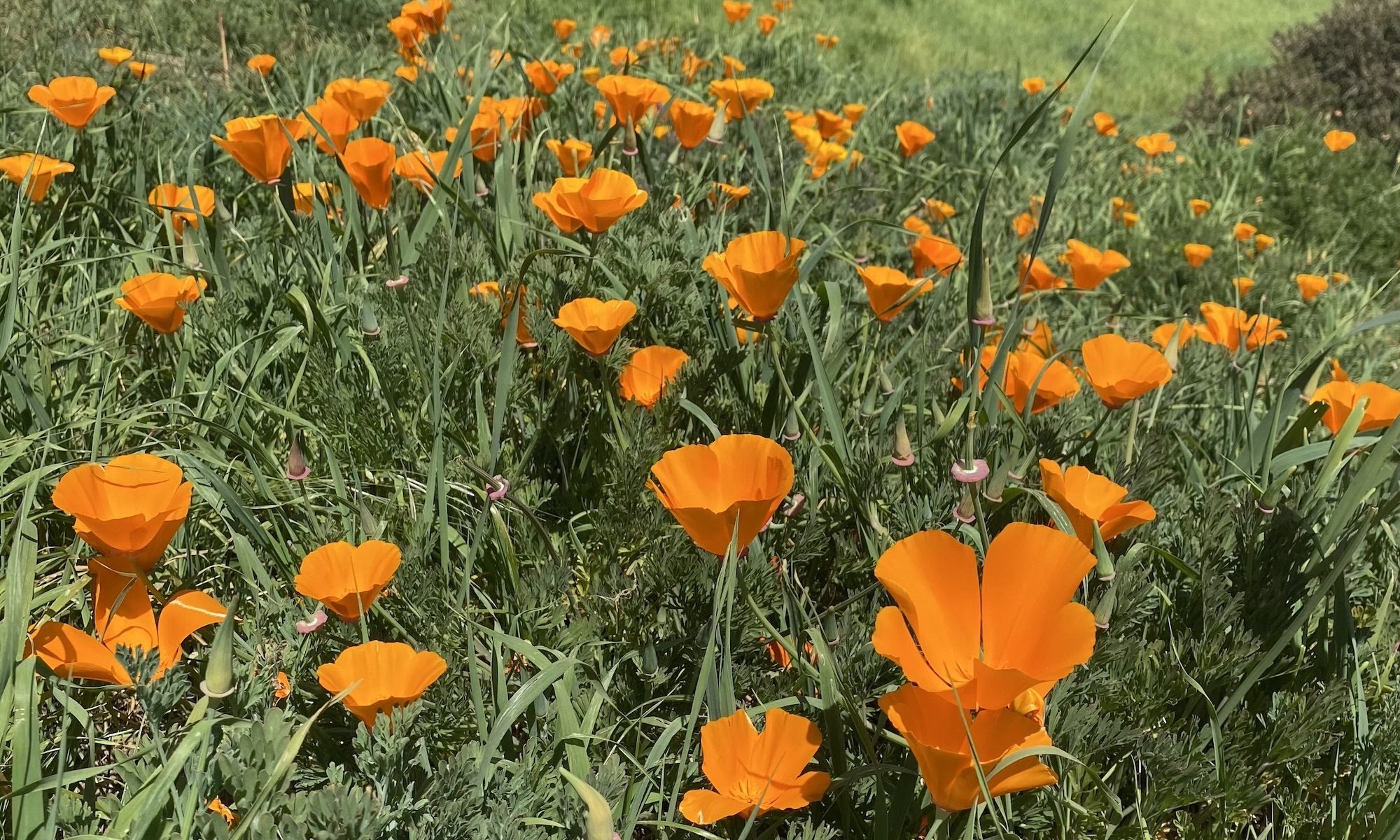 A recent episode of Bojack Horseman (love that show) reminded me that most fruit salads are awful. Usually they contain far too much honeydew melon and, really, no one likes honeydew. Of course, one can always look on the bright side. The aspiring entrepreneur might see this lack of good fruit salads as an opportunity.
A recent episode of Bojack Horseman (love that show) reminded me that most fruit salads are awful. Usually they contain far too much honeydew melon and, really, no one likes honeydew. Of course, one can always look on the bright side. The aspiring entrepreneur might see this lack of good fruit salads as an opportunity.
If you could simply make a good fruit salad, couldn’t you easily take over the fruit salad market and become wealthy beyond your wildest dreams? It’s never quite that simple, but this opportunity leaves us with an interesting question: How do you go about making the best fruit salad?
There are probably lots of ways to make a good fruit salad, but I’ll quickly discuss two possible approaches that are representative of many others. The first approach we’ll call “biased” and the second approach we’ll call “unbiased.” First the biased.
The Biased Approach to Making The Best Fruit Salad
In this approach we’ll use prior knowledge and information to guide the design of our fruit salad. Indeed, the fact that we’re working off of prior information is what makes this approach biased.
To begin this approach, you might poll a bunch of people to figure out what their favorite fruits are. You’d then limit the fruits in your fruit salads to the known favorites. Your decisions on what to put in the final product will also likely be affected by your own preferences. For instance, I would never leave out watermelon because people who don’t like watermelon are clearly nuts.
This seems like a great way to g, and it might even work. However, there are definitely some caveats. Here are a few:
- Even if people like certain fruits separately, they might not like them mixed together in a fruit salad. Growing up, my brother was one of those people who absolutely hated to have certain foods touch whereas I would go as far as putting mashed potatoes in my milk…. Clearly preferences about food combinations differ.
- People may not have tried all the fruits in the survey prior to taking the survey – you may be missing out on some great fruits simply because most people haven’t tasted them. Friends often give me mysterious and delicious fruits that I can never remember later.
- You wouldn’t know what proportions of fruit to put in the fruit salad. Heck maybe even a very small amount of honeydew in a fruit salad is good for some reason… maybe.
The Unbiased Approach to Making The Best Fruit Salad
To get around these issues, you could instead take an unbiased approach (see drawing above). In this approach, you might start off with huge piles of many different types of fruit. You would then use these fruits to fill many different salad bowls as randomly as possible, record the contents of each bowl (recipes for each bowl), give them to many different people, and ask the people to eat/rate the fruit salads. After collecting the ratings, you would then make a list of the most highly rated salads and use their recorded recipes to remake them. You would then distribute these new salads to many more people and repeat the process again and again until you found the very best 1-3 salads.
This approach doesn’t have any of the caveats of the biased process and will likely lead you to a better fruit salad than the biased approach. What’s the drawback? It’s a HUGE undertaking. It will take tons of fruit, tons of time, and tons of people to make sure you’ve sampled enough combinations and preferences to get to the few salads that are generally well rated. Were I an entrepreneur trying to make a new salad, I might avoid this technique simply because of the sheer amount of time and money it would take.
Combining the Biased and Unbiased Approaches
There are many ways you could modify these approaches to make them better and/or use them to answer different questions (for instance, what’s the worse salad I could possibly make?… all honeydew… duh). You may have noticed that you could also combine the biased and unbiased approaches.
You could add a little bias to your unbiased method by limiting the initial number of types of fruit. You might use a survey to find the best fruits and then only make random combinations with these. Alternatively, you might only use the cheapest fruits available to you. This would make the entire process less expensive and more doable.
Why Are We Talking about Fruit Salad?
Good question! Mostly because of Bojack Horseman, but also because these biased and unbiased approaches are used by experimental biologists everyday. Luckily for many biologists, the unbiased approach can be far more practical in a biology lab than in our fruit salad example – it’s just easier to get the large numbers of cells and other small biological things needed for unbiased biology experiments.
Whether or not a biologist chooses a biased or unbiased approach will be determined by a variety of factors. Just like our fruit salad example, these factors can include time, money, and level of prior knowledge. Importantly, both biased and unbiased methods can lead researchers to discover answers to big questions. For example, researchers recently used the biased approach to make pigs impervious to a particular type of virus (this could be useful for organ transplants from pigs to humans or for making better chimeras), and the unbiased approach was recently used to make viruses that infect specific parts of the human central nervous system (these could be very useful research tools).

